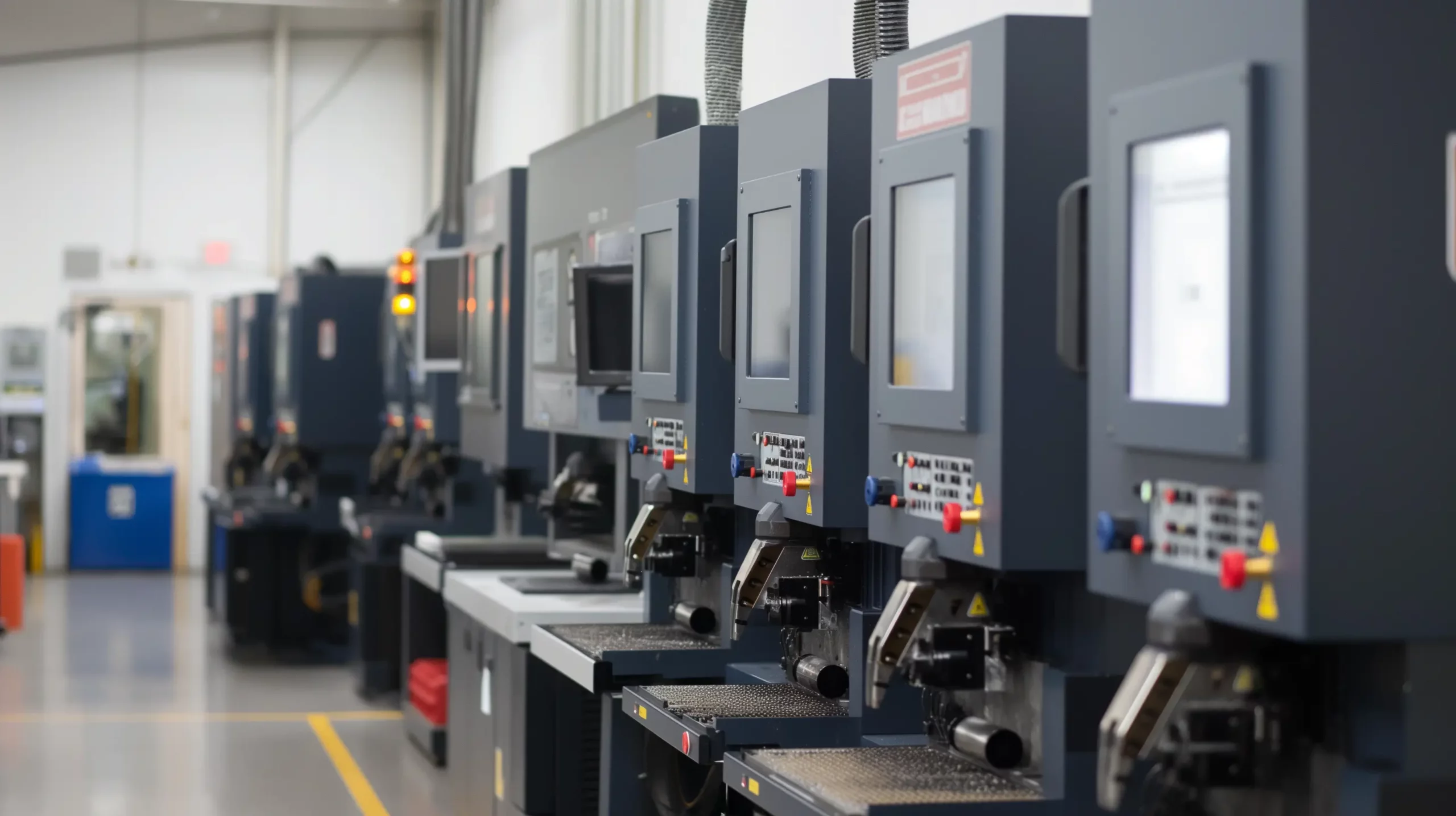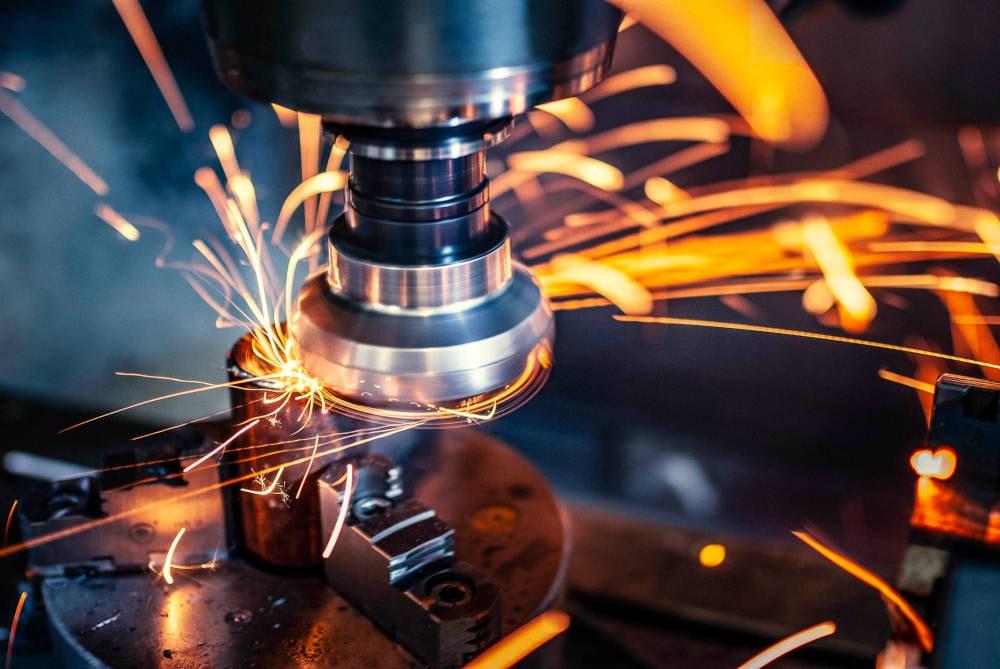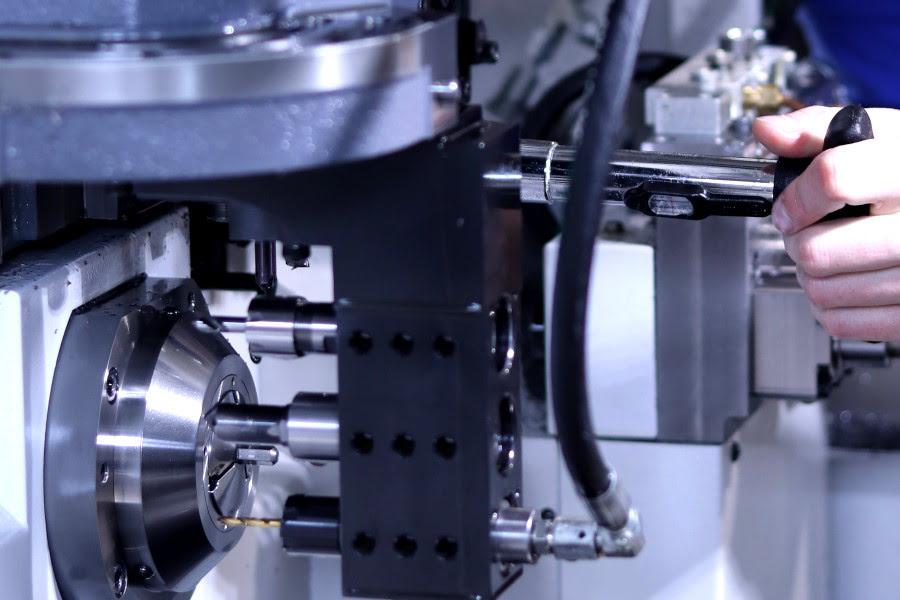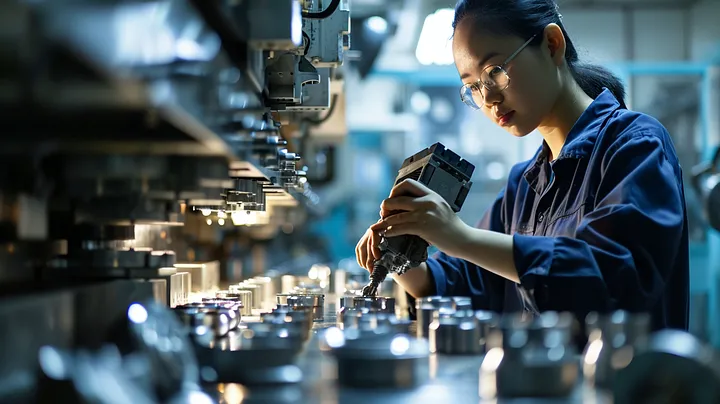Managing Time Zones in China CNC Machining Projects
Understanding the Time Zone Differences
In any international collaboration, including CNC machining projects, understanding time zones is crucial. China operates on China Standard Time (CST), which is 8 hours ahead of Greenwich Mean Time (GMT+8). This means that it varies from the time zones of many other countries where CNC machining projects might be managed, such as the US, which spans several time zones from GMT-5 to GMT-8, or European time zones, which generally range from GMT+1 to GMT+3.
Effective Time Management Strategies
Harmonizing schedules is vital for the successful management of CNC machining project. A useful technique is scheduling regular updates and collaborative sessions at times convenient for all parties. By utilizing technology for automated time conversion, such as world clock tools or project management software, it’s possible to keep everyone synchronized and avoid confusion or delays.
Case Study: Overcoming Time Zone Challenges in CNC Machining Projects
A prime example of successful time management in a CNC machining project was when an American company, leveraging the features of their project management tools, synchronized their work hours with their Chinese counterparts. As their project involved custom parts, timely communication was key. They managed to reduce project completion time by 20%, and the utilization of synchronized scheduling techniques contributed significantly to this.
Navigating Cultural Differences in China CNC Machining Projects
Understanding Chinese Business Culture
Understanding the host country’s business etiquette is indispensable to managing successful CNC machining projects overseas. China has a unique business culture that places immense value on relationship-building, a concept known as ‘Guanxi’. Misinterpretation of these cultural nuances can negatively impact CNC machining project.
Effectively Communicating and Collaborating with Chinese Colleagues
Effective collaboration in CNC machining projects requires successful cross-cultural communication. Be mindful of language barriers and cultural gaps, and try to bridge this by employing translation services. Building professional relationships with Chinese partners requires patience, respect, and understanding.
Case Study: Successfully Navigating Cultural Differences in a CNC Machining Project
An enlightening instance of managing cultural differences in a CNC machining project is when a European company established a close relationship with their partner factory in China. They embraced the Chinese business etiquette, established strong communication channels, and effectively worked around potential cultural and language differences. As a result, their CNC machining project was a success, even involving complex tasks requiring negotiations, quality checks, and shipping.
Both of these case studies embody the importance of understanding and accommodating cultural and time zone differences in the management of successful CNC machining project. They underscore the power of effective communication and preparation in the success of international collaborations in China. Remember, navigating these differences in CNC Machining Project is not an insurmountable challenge, but a great opportunity for growth and learning.
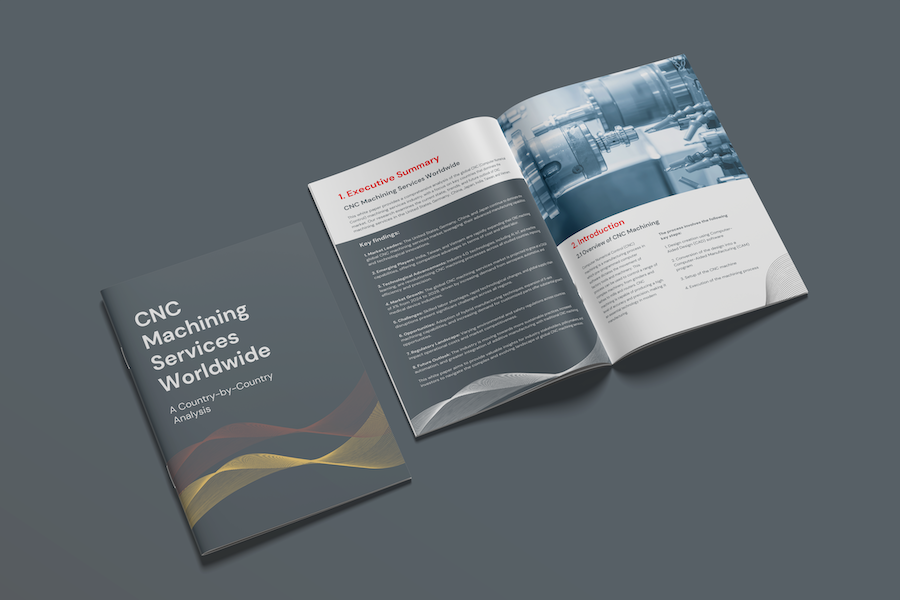
Download this comprehensive ebook on CNC machining services around the globe.
- comparative analysis
- market players
- technology advancement
- challenges
- opportunities
And it is absolutely FREE!
An American Purchasing Manager’s Journey for Sourcing CNC Machining Parts
Introduction
Known as one of America’s most respected purchasing managers, John Smith had a prestigious career in sourcing faucets, shower heads and drinking fountains. After working with numerous local manufacturers, Smith decided to embark on new CNC machining project by expanding his reach to China and other Asian countries.
First Venture into CNC Machining Projects
John was eager to explore the world of CNC machining project in China. Being a technology enthusiast, he was mesmerized by their promising high precision and efficiency. He initiated contact with several Asian manufacturers, outlining his requirements and displaying his interest in their CNC machining project.
Challenges Faced
Despite his enthusiasm, however, he confronted several problems. Time zone differences between John’s American headquarters and the overseas CNC machining projects’ teams proved to be a major hurdle.
Managing Time Zones for CNC Machining Projects
John soon started exploring possible solutions to address the time zone issue. He set up meetings during overlapping business hours, adjusted his own schedule, and in some cases used applications to remain updated on the progress of the CNC machining project. This wasn’t easy, but he knew the value the CNC machining project brought to his business.
Cultural Differences in CNC Machining Projects
Another challenge John faced was tackling China’s different business culture. He started looking for ways to bridge these cultural differences for smoother transactions on CNC machining project.
Bridging Cultural Gaps for CNC Machining Projects
John realized understanding and respecting Chinese traditions and business etiquettes was critical to succeed in Chinese CNC machining project. He started building relationships with Chinese managers and learned their language to better understand the culture. This helped in easing communications and smoothly carrying out the CNC machining projects.
Results of the CNC Machining Projects
Through managing time zones and cultural differences, John could successfully carry out his CNC machining project in China and other Asian countries. His company’s product range expanded, the costs got reduced and the quality of products improved, thanks to these overseas CNC machining projects.
How to Manage Time Zones and Cultural Differences in China
- Time Zone Differences: China operates on China Standard Time (CST), which is GMT+8, requiring coordination for international teams, especially with countries like the US or Europe.
- Effective Scheduling: Use world clocks and project management software to align schedules across time zones for smoother communication.
- Chinese Business Culture: Understanding ‘Guanxi’ (relationship-building) is crucial for successful partnerships.
- Language and Communication: Bridging language barriers through translators or bilingual team members helps maintain smooth collaboration.
Conclusion
Indeed, managing different time zones and cultural differences is tough for CNC machining projects in China and other Asian countries. However, with patience and proper planning, it is entirely feasible and can be incredibly rewarding, as demonstrated by John’s success in managing overseas CNC machining projects.
Reference
1. Essential Guide to Selecting the Best CNC Machining Service in China
2. Effective Communication in Cross-Cultural and Diverse Environments
3. Understanding China’s Manufacturing Value Chain
4. The China advantage: Understanding the Benefits and Considerations of Manufacturing in China
5. Mastering the China Supply Chain: Essential Tips
6. Time is Money: How Time Zones Impact International Business

